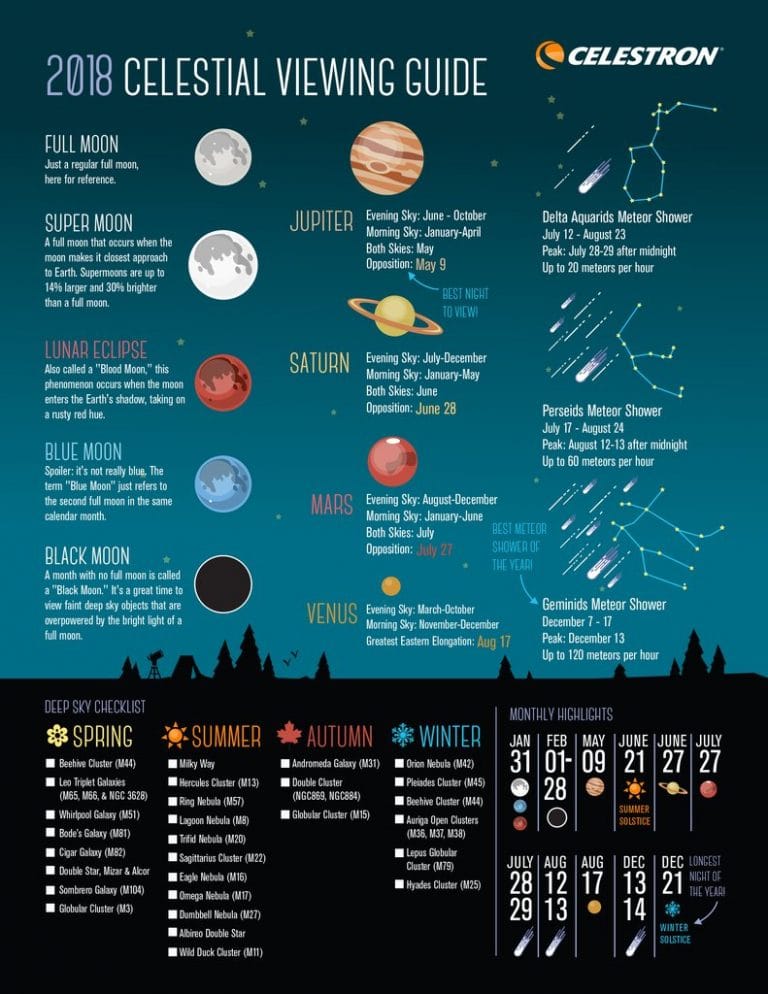The year 2025 is set to be an exciting time for astronomy enthusiasts and casual stargazers alike, as it will feature two noteworthy astronomical events: two blood moons and two solar eclipses. These celestial occurrences not only capture the imagination but also provide opportunities for scientific observation and public engagement with astronomy. This article aims to inform readers about these events, their significance, and how best to experience them.
A blood moon occurs during a total lunar eclipse when the Earth positions itself directly between the sun and the moon. This alignment causes the Earth’s shadow to fall on the moon, resulting in a reddish hue that gives the phenomenon its name. The red color is due to Rayleigh scattering, the same effect that causes sunsets to appear red. The first blood moon of 2025 will occur on March 14, while the second will take place on September 7. Both events will be visible across various regions, with optimal viewing locations depending on weather conditions and local geography.
The first blood moon in March will be particularly significant as it coincides with the spring equinox, a time when day and night are of equal length. This event may hold cultural and spiritual importance for some communities, as equinoxes have been celebrated for centuries across different cultures. Observers in North America, Europe, and parts of Africa will have the best views of this eclipse, making it an excellent opportunity for public gatherings and educational events focused on astronomy.
The second blood moon in September will also attract attention, as it will be visible in many parts of the world, including North America, South America, and parts of Europe. This lunar eclipse will occur during the harvest moon period, traditionally associated with agricultural practices. Communities may find ways to celebrate this event, as it aligns with the changing seasons and the natural rhythms of life.
In addition to the blood moons, 2025 will also feature two solar eclipses: one on April 30 and another on October 14. A solar eclipse occurs when the moon passes between the Earth and the sun, blocking out the sun’s light either partially or completely. The April 30 solar eclipse will be a partial eclipse visible in parts of South America, while the October 14 event will be an annular solar eclipse, which occurs when the moon is too far from the Earth to completely cover the sun. This will create a “ring of fire” effect around the moon, visible in areas of the western United States, Central America, and parts of South America.
Solar eclipses are significant for a variety of reasons. They offer unique opportunities for scientific research, particularly in the fields of solar physics and atmospheric science. Observers often use these events to study the sun’s corona, the outer atmosphere that is usually obscured by the sun’s brightness. Additionally, solar eclipses capture public interest, leading to increased awareness and education about astronomy and the mechanics of our solar system.
For those planning to observe these celestial events, preparation is key. Safety is paramount during solar eclipses, as looking directly at the sun can cause serious eye damage. Special eclipse glasses or solar viewers should be used to safely observe the sun during these events. For lunar eclipses, no special equipment is required, although binoculars or telescopes can enhance the viewing experience. It is advisable to check local weather forecasts ahead of time to ensure optimal viewing conditions.
In conclusion, the year 2025 promises to be a remarkable year for celestial events, with two blood moons and two solar eclipses on the calendar. These phenomena not only provide stunning visuals but also serve as opportunities for education and community engagement. Whether one is a seasoned astronomer or a casual observer, these events are accessible and can foster a deeper appreciation for the wonders of our universe. As the dates approach, communities and individuals alike can prepare to witness these spectacular displays of nature.



